As the world dives deeper into the digital transformation phase, the payment gateway landscape has evolved significantly. The rise of payment 4.0 introduces technologies that simplify transactions, enhance security, and reshape how businesses operate. Here’s a comprehensive look at these trends and their implications.
Payment gateway 4.0 trends in the age of industry
There are many payment trends that shape the future picture of payment processing.
The shift towards digital payments
The shift to digital payments has been a defining trend in the Industry 4.0 era. Traditional cash transactions are being replaced by digital alternatives, driven by advancements in technology and changing consumer behaviors. Online banking, e-wallets, and contactless payment methods have become the norm, offering convenience and speed.
For businesses, this shift not only reduces operational costs but also provides valuable data insights into customer purchasing habits. Digital payments also pave the way for innovative financial services, such as buy-now-pay-later schemes and instant credit facilities.
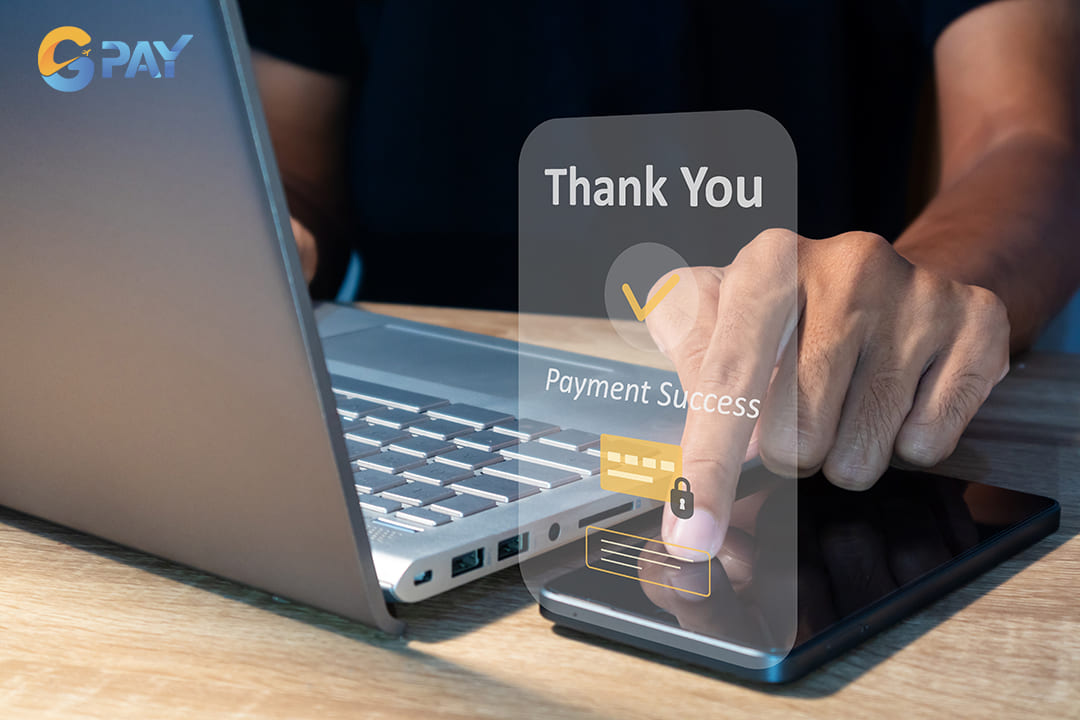
Digital payment will continue to flourish
Rise of mobile payments
Mobile payments are at the forefront of the 4.0 payment revolution. With smartphones becoming indispensable, users can effortlessly complete transactions using apps or mobile wallets. These systems are widely used for online shopping, bill payments, and booking tickets on various platforms.
The ease of scanning a card, linking a bank account, or using near-field communication (NFC) has driven the popularity of mobile payments. They ensure faster, contactless, and secure transactions, catering to the needs of modern consumers who value convenience and speed.

Mobile payments are at the forefront of the 4.0 payment revolution
Mobile payments have seen unprecedented growth as smartphones and mobile apps integrate seamlessly into daily life. With mobile wallets like Apple Pay, Google Pay, and regional solutions gaining traction, users now prefer the convenience of paying directly from their phones.
The rise of mobile payments is fueled by features like biometric authentication, tokenization for security, and integration with loyalty programs. This trend aligns perfectly with the demands of a tech-savvy, fast-paced generation.
Emergence of new payment technologies
New payment technologies such as blockchain, cryptocurrency, and biometric authentication are transforming the payment landscape. Blockchain technology ensures secure and transparent transactions, particularly for high-value or cross-border payments. Cryptocurrencies offer decentralized alternatives to traditional currencies, gaining acceptance among certain consumer groups and industries.
Biometric authentication methods, including fingerprint and facial recognition, add an extra layer of security while making transactions quicker and more user-friendly. These advancements are reshaping how businesses and consumers perceive and use payment systems.
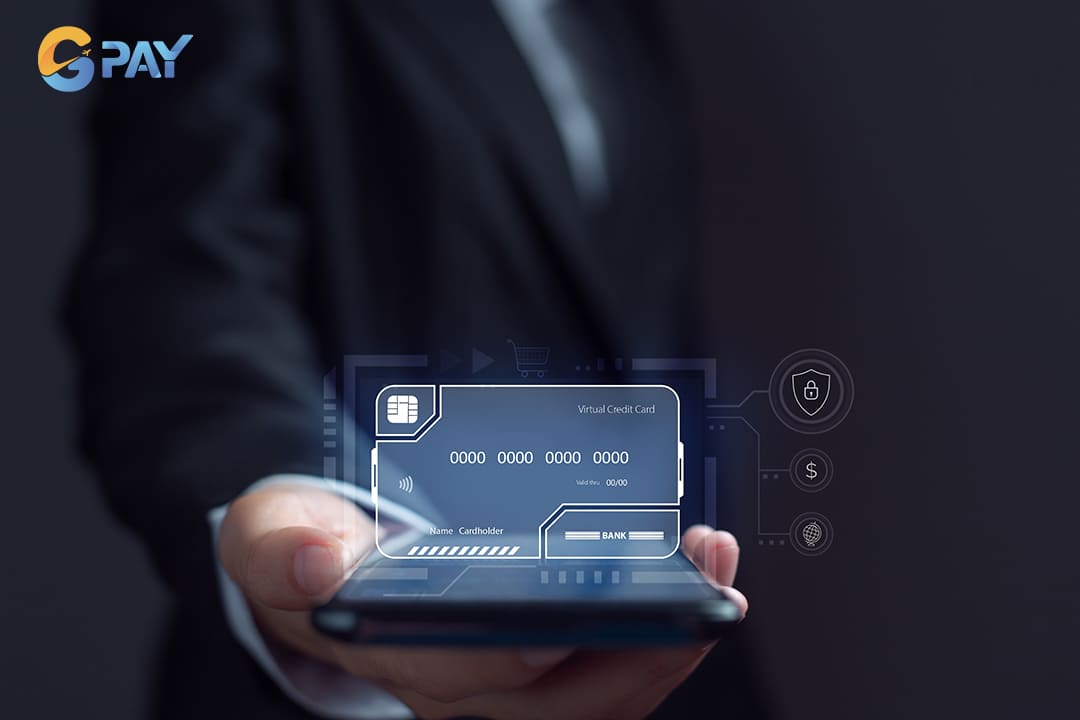
The advancements are reshaping how businesses and consumers perceive and use payment systems
Growing demands for cross-border payments
As globalization accelerates, the demand for efficient cross-border payments has surged. Consumers and businesses alike require systems that support multiple currencies, offer low fees, and ensure quick processing times.
Platforms like GPay address these needs by providing seamless international payment solutions. Features such as multi-currency support and compliance with global security standards make cross-border payments more accessible and reliable, fostering global trade and commerce.

Cross-border payments are more accessible and reliable
Popularity of QR code payments
QR code payments have revolutionized the way transactions are processed. With a simple scan of a QR code, users can complete purchases without the need for physical cash or cards. This method is not only quick but also provides a seamless transfer of payment details such as account information and transaction amount.
Businesses benefit from QR payments as they reduce the dependency on traditional point-of-sale systems, making transactions more flexible and accessible. Moreover, the simplicity of this method appeals to tech-savvy customers and small businesses alike.
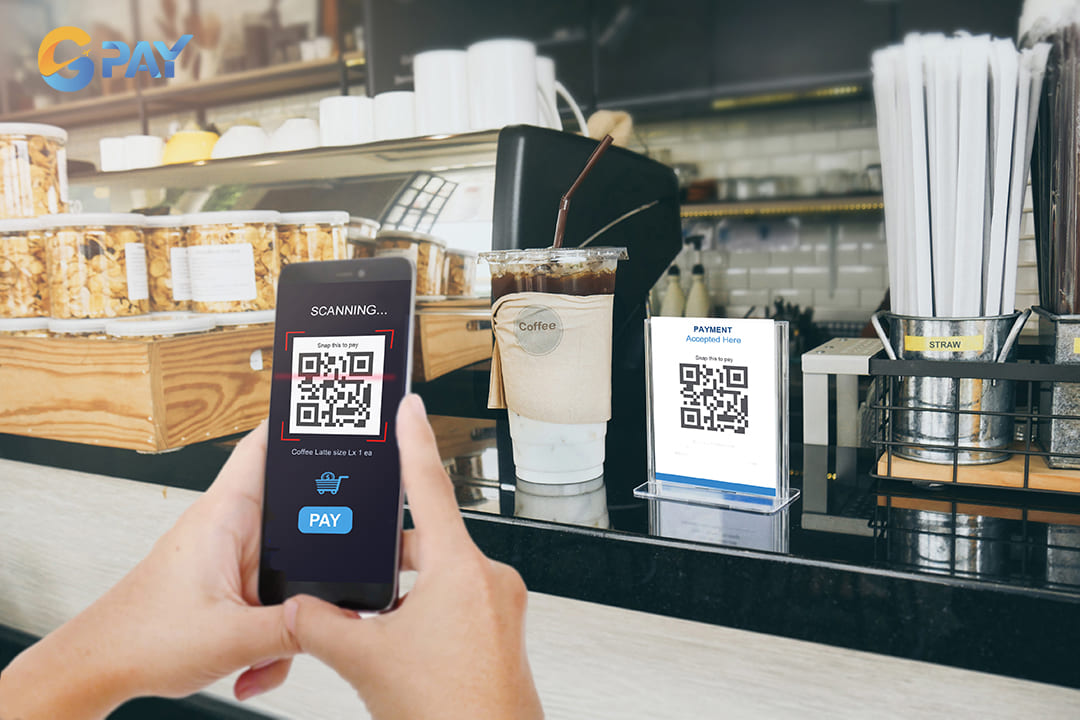
QR code payments have revolutionized the way transactions are processed
Convenience of automated payments
Automation in payments is another hallmark of the 4.0 era. This trend eliminates the hassle of remembering due dates for recurring bills like utilities and subscriptions. Once set up, automated payment systems deduct amounts from linked accounts as invoices are generated, saving time and reducing late payment penalties.
Automated payment solutions are not just convenient for consumers but also help businesses ensure consistent cash flow and reduce administrative overheads. This reliability further cements their role in modern financial ecosystems.
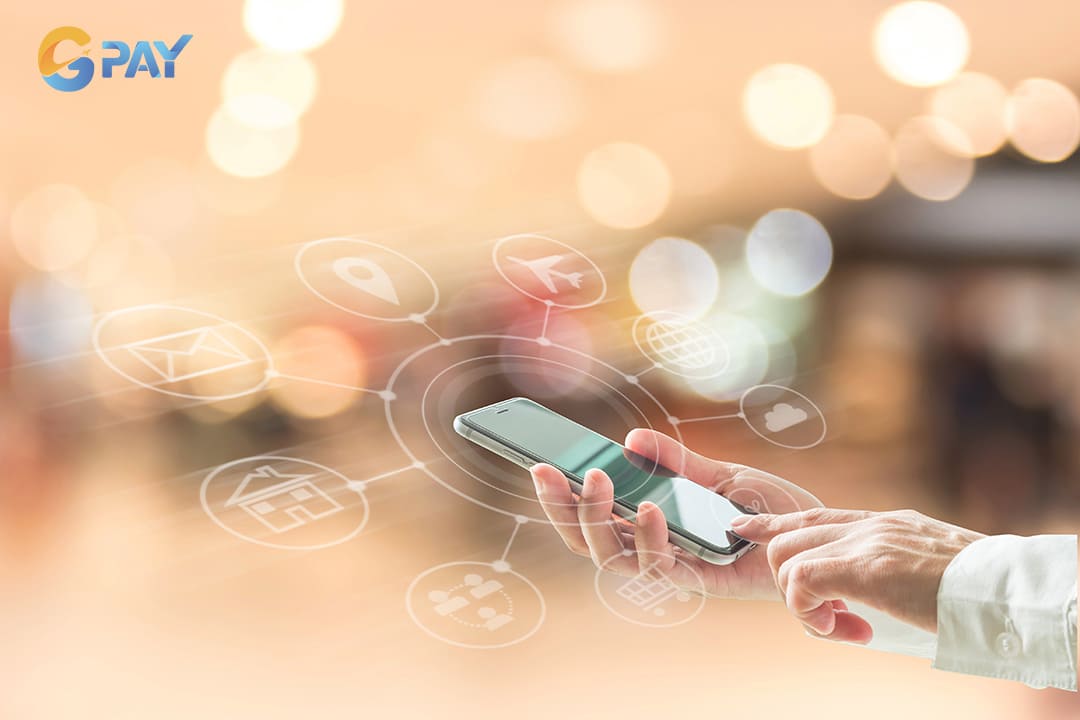
Automation in payments is another hallmark of the 4.0 era
Tips for businesses in adopting payment 4.0
Here some some tips for businesses in the digital transformation phase.
1. Integrate 4.0 payment methods into digital platforms
Modern customers prefer businesses that offer a variety of payment options. Integrating 4.0 payment methods, such as credit/debit card processing, e-wallets, and QR codes - into your website or app is crucial for staying competitive.
These integrations not only enhance user experience but also drive sales by accommodating diverse customer preferences. Partnering with a reliable payment gateway can simplify this process, ensuring smooth functionality and scalability.
2. Prioritize secure payment experiences
Security is a top priority in the digital age. Businesses must create a trustworthy environment by employing robust security measures. Offering secure payment options instills confidence, encouraging repeat transactions and customer loyalty.
To achieve this, businesses should:
- Provide multiple payment methods to suit varied customer needs.
- Embed secure payment options directly into their digital platforms to streamline user experience.

Businesses must create a trustworthy environment by employing robust security measures
3. Enhance payment data security
Protecting customers’ financial information is non-negotiable. Businesses should adopt industry-standard security practices to safeguard sensitive data. This includes:
- Utilizing secure and reputed payment gateways.
- Implementing encryption technologies and two-factor authentication.
- Training staff on the importance of data security.
- Ensuring compliance with payment data storage and handling regulations.
Educating customers on identifying and avoiding fraudulent activities also strengthens the overall security framework.
Why choose GPay as your payment gateway
Here are some key advantages of GPay that you can consider choosing as your payment gateway.
Seamless cross-border transactions
GPay’s global reach across 173 countries positions it as a leader in international payments. This capability enables businesses to access a vast customer base while avoiding the complexities of managing multiple payment solutions.
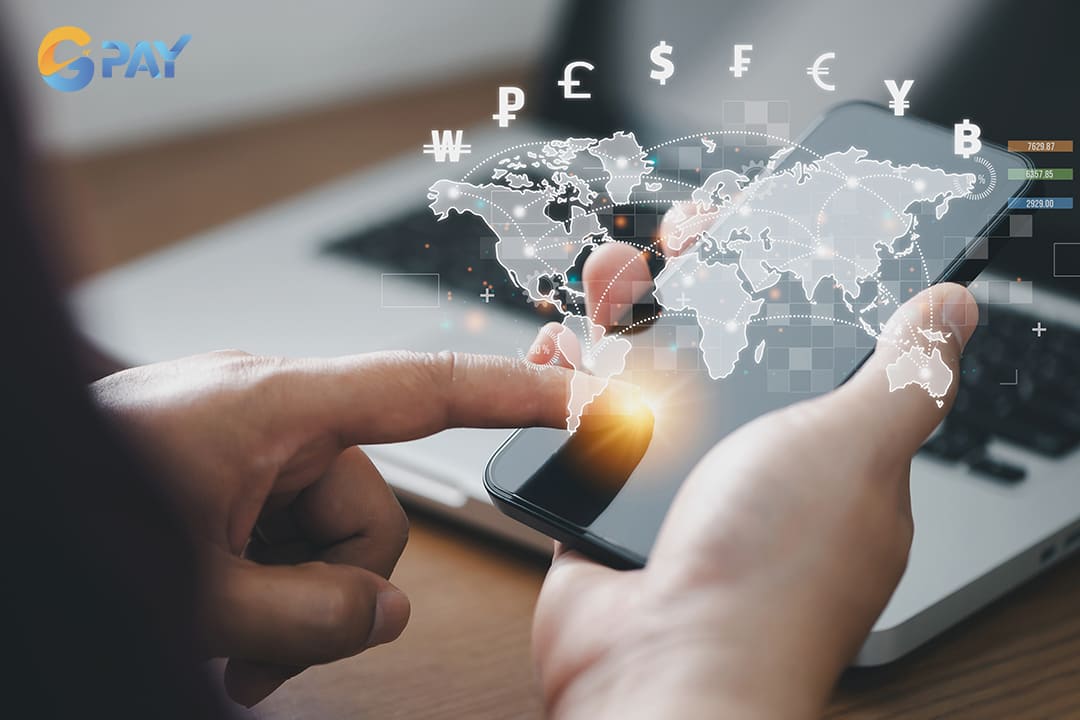
GPay’s global reach across 173 countries positions it as a leader in international payments
Multi-currency support
With GPay, businesses can offer customers the ability to view prices and pay in their local currencies. This feature not only enhances user trust but also streamlines transactions by removing the need for third-party currency conversions.
Diverse payment options
GPay supports a wide range of payment methods, including credit/debit cards, digital wallets, and local solutions. This variety caters to customer preferences, reducing cart abandonment rates and boosting successful transactions.
Advanced security features
GPay prioritizes security through measures like 3D Secure authentication and PCI DSS compliance. These features minimize fraud risks, particularly in high-risk industries, and ensure safe transactions for businesses and customers alike.
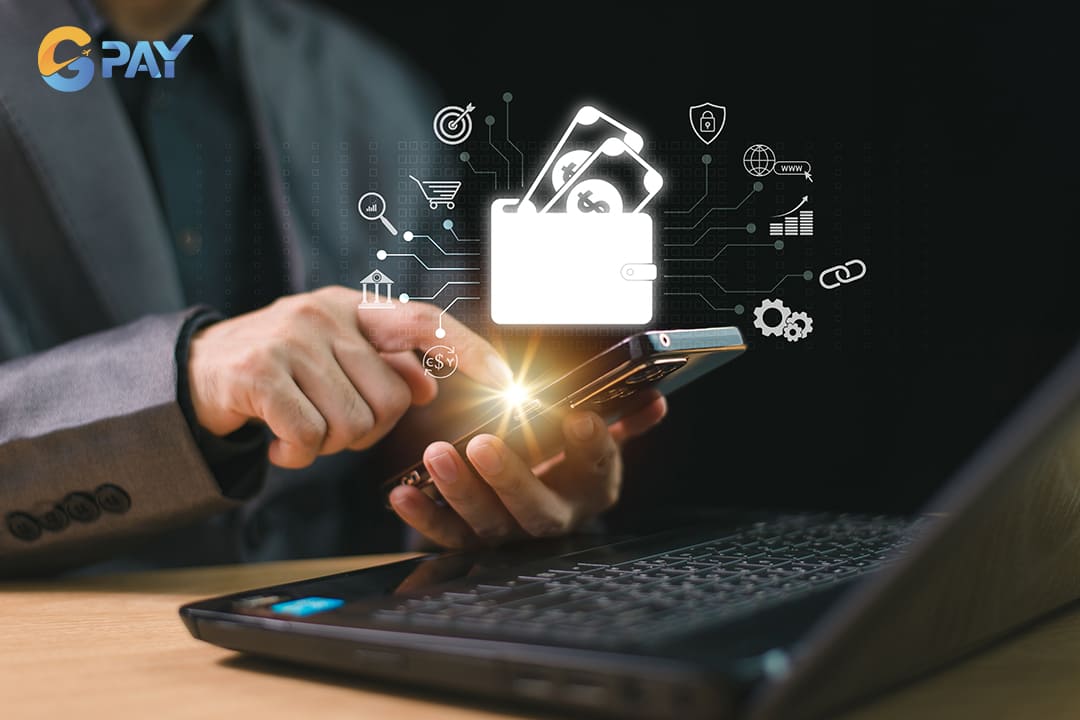
GPay supports a wide range of payment methods and prioritizes security
Conclusion
The 4.0 payment gateway trends underscore the importance of adapting to evolving consumer expectations. By leveraging technologies like mobile payments, QR codes, and automation, businesses can create secure, efficient, and customer-centric payment experiences. Platforms like GPay make this transition seamless, empowering businesses to thrive in the digital transformation phase. Contact GPay today to adopt payment gateways 4.0 in the digital transformation phase.

